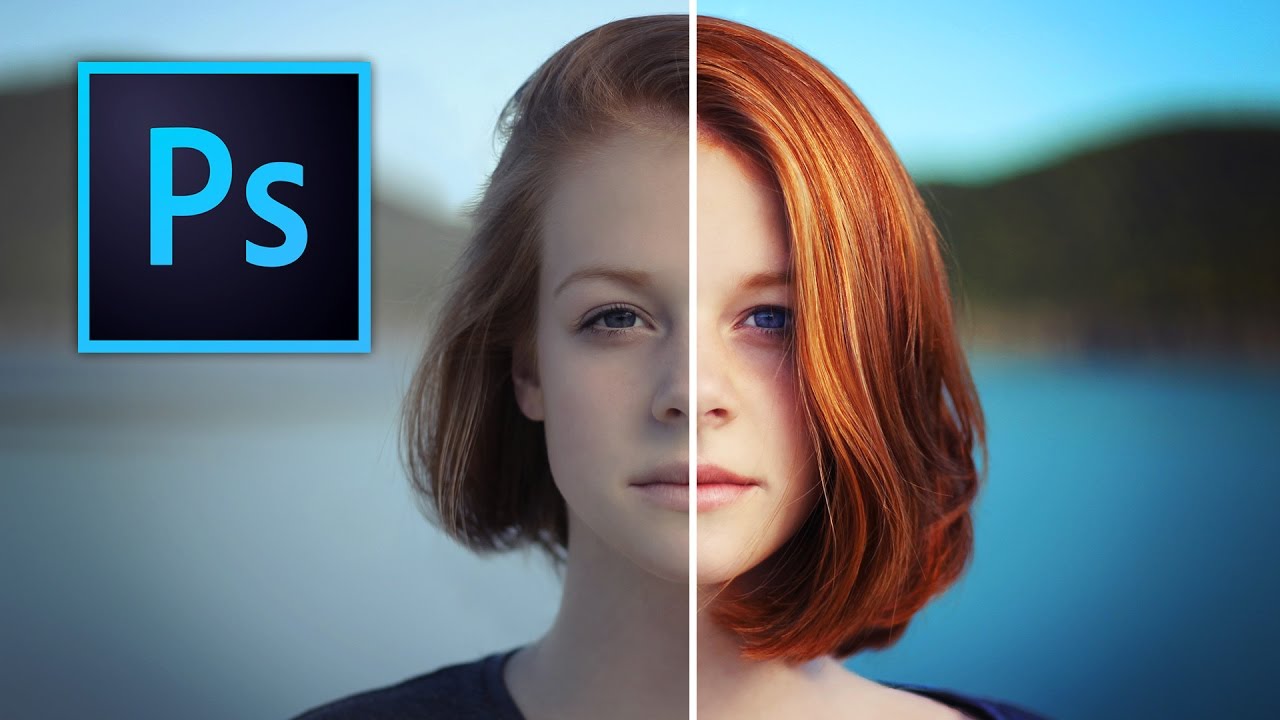Mastering Vibrancy: A Comprehensive Guide on How to Make Colors POP in Photoshop

Introduction:
Adobe Photoshop stands as a premier tool for photographers, digital artists, and graphic designers, offering an extensive array of features to enhance and manipulate images. One of the key skills in the arsenal of any visual creator is the ability to make colors pop – to elevate the vibrancy and visual impact of an image. This comprehensive guide will delve into various techniques, tools, and strategies within Photoshop to make your colors come alive, whether you’re working on a photograph, digital artwork, or graphic design.
Section 1: Understanding Color Theory
1.1 The Basics of Color
Before delving into the intricacies of Photoshop, it’s essential to grasp the fundamentals of color theory. We’ll explore the color wheel, the relationships between different hues, and the psychological impact of colors, laying the groundwork for effective color enhancement.
1.2 The Power of Complementary Colors
Understanding complementary colors and their ability to intensify each other is crucial for creating vibrant visuals. We’ll delve into how the strategic use of complementary colors can enhance specific elements within your images.
Section 2: Utilizing Photoshop Tools
2.1 The Vibrance and Saturation Tools
Photoshop provides dedicated tools for adjusting color intensity: Vibrance and Saturation. We’ll explore how these tools function, their differences, and when to use each for optimal results. From global adjustments to targeted enhancements, you’ll gain a comprehensive understanding of these essential features.
2.2 Color Balance for Precision
The Color Balance tool in Photoshop allows for fine-tuned adjustments to individual color channels. We’ll guide you through its usage, showcasing how to achieve precise color correction and enhance specific tones within your images.
2.3 Curves and Levels: Advanced Color Adjustments
Unlocking the potential of the Curves and Levels adjustments opens up a realm of advanced color correction. We’ll explore how these tools can be employed for nuanced adjustments, bringing out the richness of colors while maintaining a balanced and natural look.
Section 3: Selective Color Enhancements
3.1 Masking Techniques
Selective color enhancements involve isolating specific elements within an image. We’ll explore various masking techniques, from basic selections to advanced methods using layer masks, allowing you to target and intensify individual colors.
3.2 Adjustment Layers for Precision
Photoshop’s Adjustment Layers provide a non-destructive way to enhance colors. We’ll delve into the use of Hue/Saturation, Color Balance, and Gradient Maps as Adjustment Layers, offering a dynamic and reversible approach to color manipulation.
Section 4: Enhancing Contrast and Luminosity
4.1 The Impact of Contrast
Contrast plays a pivotal role in making colors pop. We’ll discuss techniques for enhancing overall image contrast and the specific contrast between colors, ensuring a visually striking result.
4.2 Luminosity Masks: Fine-Tuned Control
Luminosity masks provide unparalleled control over brightness levels in different areas of an image. We’ll guide you through the creation and application of luminosity masks, allowing for intricate adjustments that enhance color vibrancy while preserving image details.
Section 5: Creative Filters and Effects
5.1 The Magic of Filters
Photoshop’s filters can be harnessed to add creative effects and intensify colors. We’ll explore the application of filters such as the High Pass filter and various artistic filters to enhance colors in unique and artistic ways.
5.2 Incorporating Blending Modes
Blending modes offer a versatile approach to color enhancement. We’ll delve into the strategic use of blending modes to intensify colors, create color overlays, and experiment with blending modes for unique effects.
Section 6: Preserving Color Accuracy
6.1 Color Spaces and Calibration
Maintaining color accuracy is paramount. We’ll discuss the importance of working with the right color spaces and the role of monitor calibration to ensure that the colors you enhance in Photoshop translate accurately across different devices.
6.2 Exporting and Printing Considerations
When your colors are perfectly enhanced, preserving their vibrancy during export and printing is crucial. We’ll explore best practices for exporting images and considerations for achieving optimal color reproduction in print.
Conclusion:
Mastering the art of making colors pop in Photoshop is a journey that combines technical knowledge with artistic intuition. This comprehensive guide has equipped you with a toolbox of techniques, ranging from fundamental color theory to advanced Photoshop tools and creative effects. As you embark on your creative endeavors, remember that experimentation is key. Embrace the power of Photoshop to amplify the vibrancy of your images, bring your artistic vision to life, and captivate your audience with colors that truly pop. Whether you’re a seasoned professional or a passionate hobbyist, the skills acquired from this guide will elevate your color enhancement capabilities, allowing you to create visually stunning and impactful visuals in the dynamic realm of digital art.







